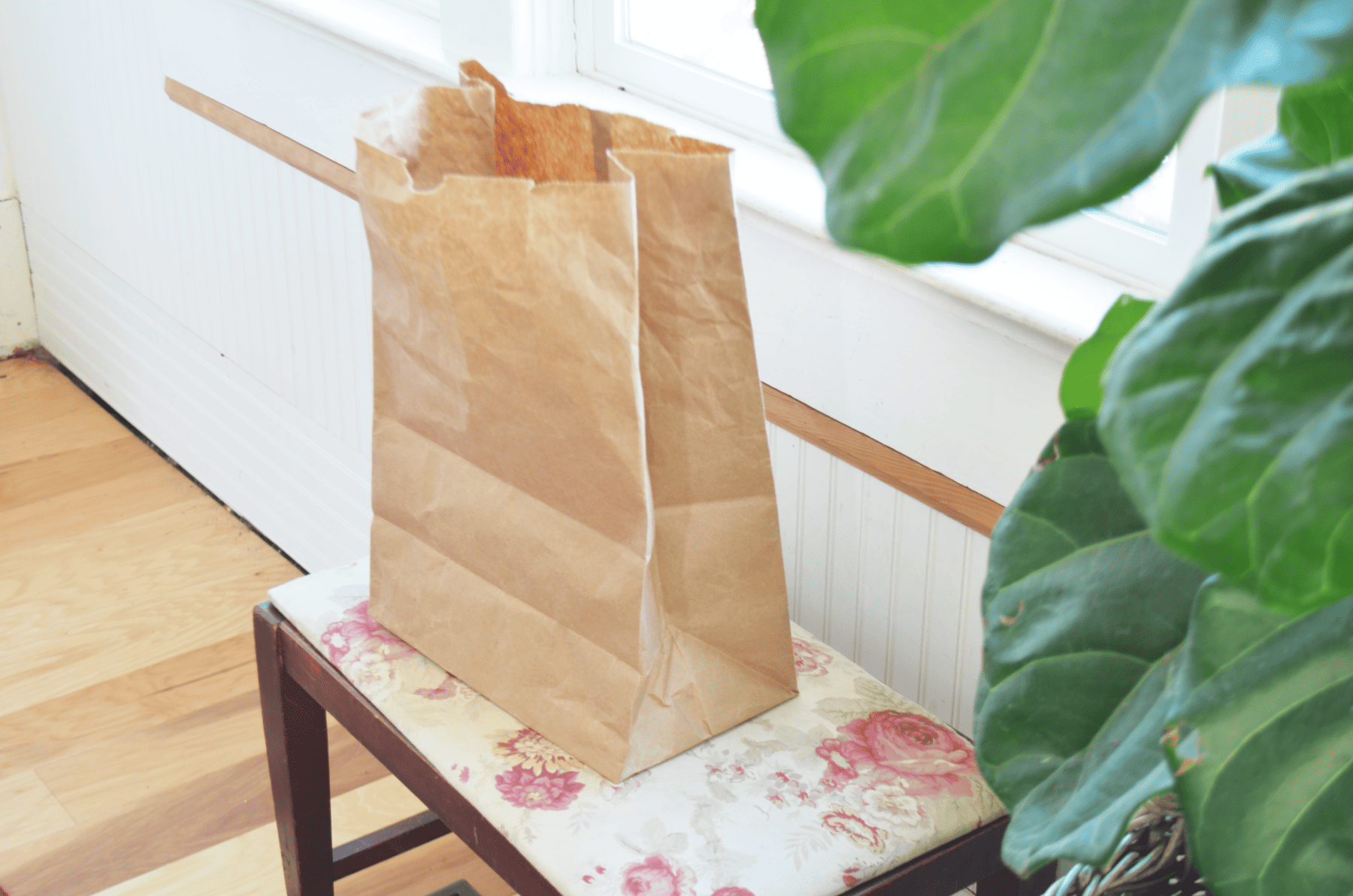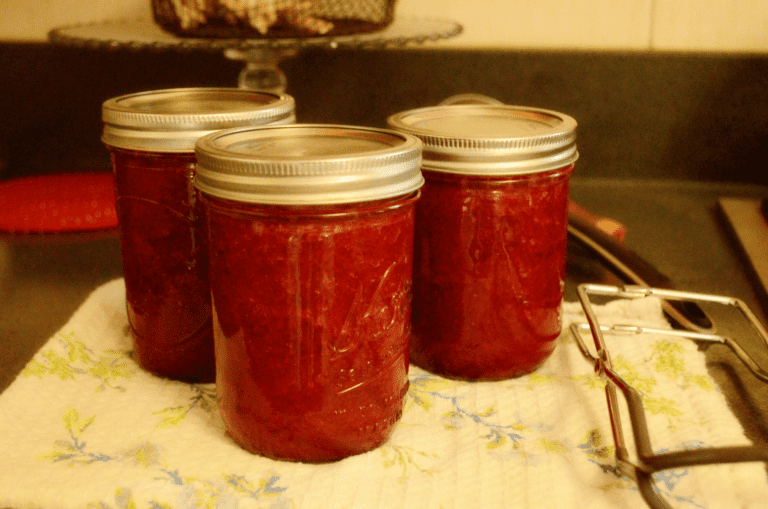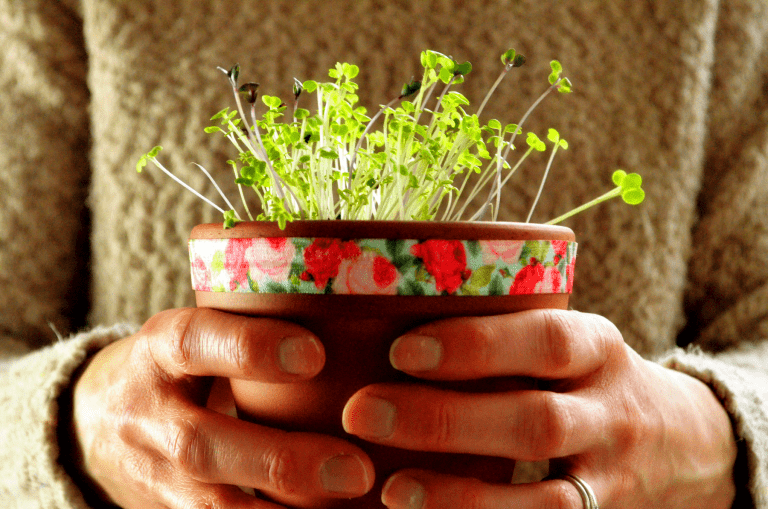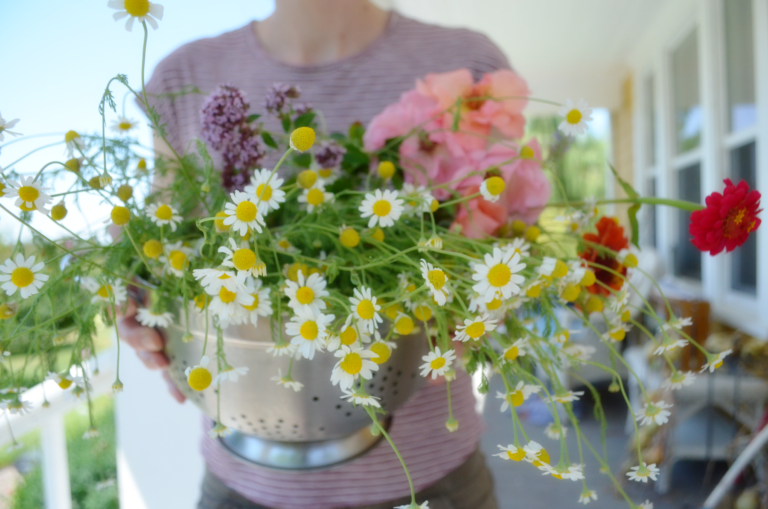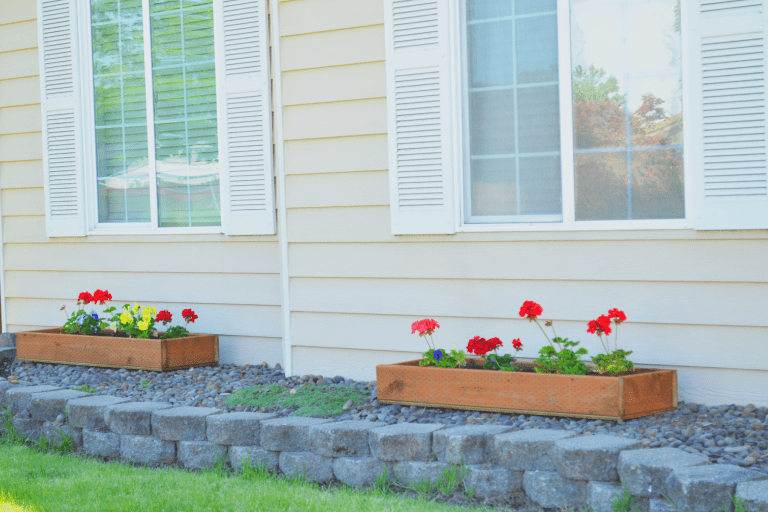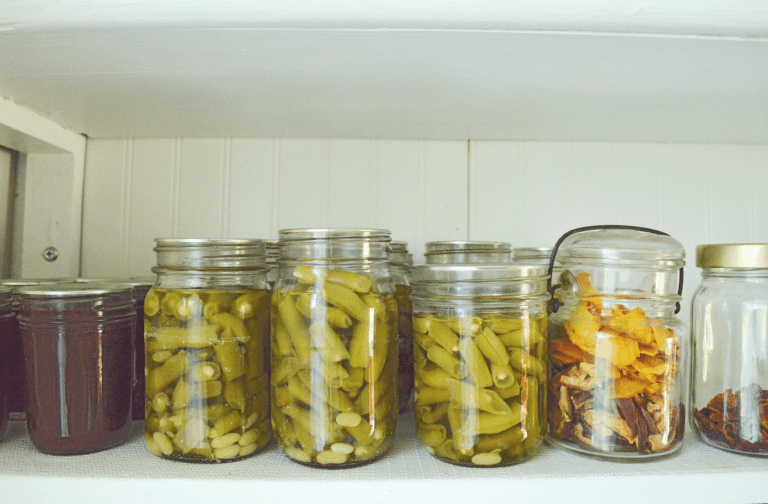How Can You Compost Brown Paper Bags for a Better Garden
While walking up the steps with an arm load of groceries, you suddenly hear a “RIP!” and rush to set down the bag before it’s contents fall out. In it goes to the recycle bin before you stop and wonder “Can I compost that brown paper bag?” The answer is yes, but there are a few things you should know before tossing every bag you find into your compost pile.

What Makes the Best Compost
Before we look at composting, let’s define the word compostable. Compostable bags are simply bags that will break down into the soil quickly while feeding it with necessary nutrients for living organisms. Non-compostable waste or materials may still be biodegradable. Biodegradable means it WILL still break down into the soil eventually. For the sake of this post, we are wanting to use material that is compostable, or that will break down quickly for healthy garden soil. To create that nutritious soil for our gardens, here’s what we need.
Compost is comprised of carbon rich “brown” items and nitrogen rich items we often call the “green items. You can also have items that contain both carbon and nitrogen such as vegetable peelings.
Green Items include items such as:
- Grass clippings
- Animal manure ( but not from your cat or dog!)
- Green leaves
- Kitchen waste such as coffee grounds or eggshells
- Food Scraps such as vegetable trimmings
Brown items include items such as:
- Dead leaves
- wood chips
- straw or dried grass
- Paper products
- cornhusks
The good news is that you don’t actually need a compost bin to make compost. More on that in a minute.
Why Compost Paper Bags

Brown paper bags are definitely considered a paper item as shown in the list of “brown items” above, so as long as they are truly made of pure paper. This is a plant based material and will increase your compost quality. While just recycling paper bags will allow them to decompose back into the earth, using them for compost material, recycles AND saves you money and/or resources. Here’s how:
Paper bags provide needed food for the soil. Carbon materials, such as paper from paper bags are vital for healthy compost. Worms love breaking down the paper during the composting process. The paper product can also soak up excess moisture if there’s too much nitrogen containing compounds in your compost pile.
Best Paper Bags for Compost
So what paper bag is good for compost? There are many different types of paper bags so how do we pick both biodegradable bags and the ones best for our vegetable garden soil? Let’s start with some examples.

When looking in your recycling bin, you reach in and pull out three items. 1. brown lunch bag 2. A gift bag from last week’s birthday party and 3. Two brown paper grocery bags. Let’s find out what we can use or can’t use for compost.
Kraft Paper Bags (lunch sacks)
Kraft paper bags are bags made from paper specifically for crafting or organizing purposes. these bags generally have no wax on them, no ink or plastic. If this is the case and the bag is free from any food waste such as grease, it is perfect for composting!
The most important thing is to make sure the sack is pure and simple with no other films or additives besides paper. Colored bags or white bleached bags are also not recommended. The best bags are those plain jane brown bags. These are perfect for adding “brown material” to your compost pile.
Gift Bags
These bags are those glossy paper bags used for birthdays, holidays and general gift giving. They tend to be colorful and have a shiny film layer over the paper. Due to the addition of dyes and film that is generally made of plastic material, these bags are not good to use in your compost pile.

Brown Paper Shopping Bags
These are the typical grocery bags you bring home from the supermarket and are perhaps the most common type of paper bag. Basic brown paper bags made from pure brown paper with soy based ink (inks that can compost easily) are a great option for your compost heap.
Paper Bags you Should NOT Compost
Not all paper bags are created equal. Here’s some bags that cannot be easily composted. If you’re looking to create a natural environment for organisms to thrive in your garden it’s a good idea to avoid these paper bags.
- White paper bags as they contain bleach
- Bags with film, wax or plastic coatings as they contain plastics or chemicals that won’t break down in the soil.
- Colored paper bags may contaminate vegetable garden soil with unwanted dye chemicals.
- Bags with stickers, plastic handles or other materials attached should also be avoided.
How to Compost Paper Bags
The best way to quickly compost your paper bags are to compost them in small pieces. You can do this by putting them through a paper shredder, cutting them with scissors, or simply tearing them apart. Smaller pieces will not only accelerate the decomposing process, it also increases the surface area of your brown items, mixing them into the other items.
Next, mix them into your compost pile, being sure to turn the pile every week or two. Make sure you also have a nitrogen balance by using no more than 50% “green items” as mentioned above. It’s o.k. to use a bit more brown items like the paper and dried leaves than the green items such as grass cuttings.
Lastly, keep your pile wet. Pour water over the pile to keep it damp but not soggy. This will help it break down at a good pace.

My Favorite Way to Compost Brown Paper Bags
My absolute favorite way to compost paper bags is done without first breaking them into smaller pieces. This technique is a much slower way to compost the material but still beautifully feeds the soil in my garden. It’s often referred to as the No Till Method or called the Back to Eden Method. My personal way of using these techniques is to lay down cardboard in a couple layers before topping it with about 4-6 inches of compost. I allow the compost to sit and cool before planting directly into it with my plants. This could be days, or weeks depending on it’s temperature.
Because I sometimes run out of cardboard, I’ve found that paper bags are also useful for layering ( a couple more than two layers though) before adding the compost. While the bags prevent spring weed seeds from sprouting up, it breaks down into the soil over the season. In this way, paper bags can be beneficial for both the compost on the top and the mulch layer underneath. It’s a great way to use the recycling process to grow food for your family.
Hope this helps and gives you ideas for your garden this year.
From the Hilltop,

